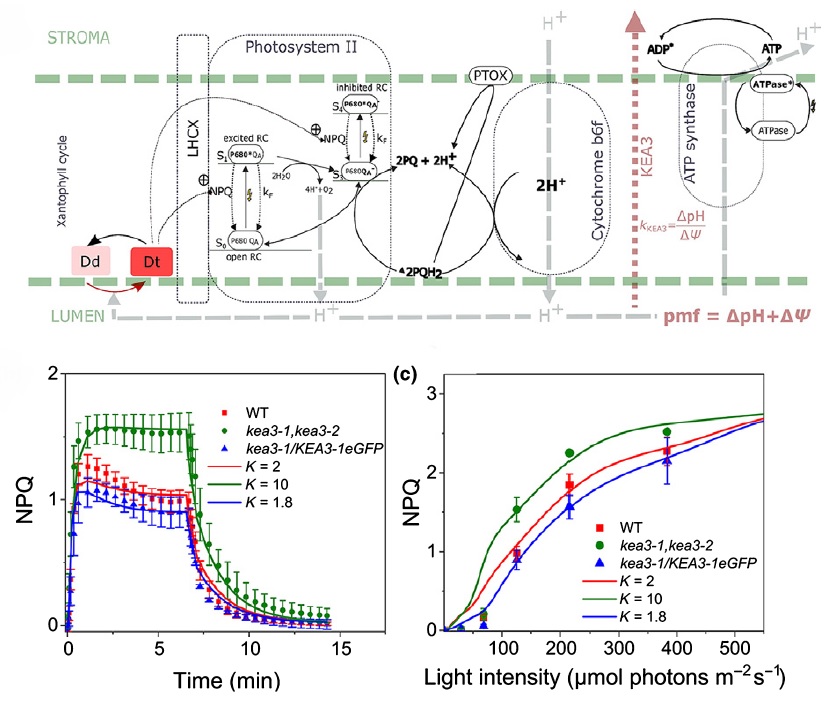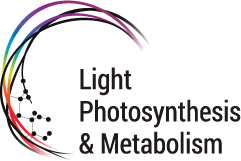
New Member ! Héloïse Ancel
12th January 2022
Chlamy at the Lautaret Alpine Station (2100 m) – Sep 2022
6th September 2022
- Diatoms are successful phytoplankton clades able to acclimate to changing environmental conditions, including e.g. variable light intensity. Diatoms are outstanding at dissipating light energy exceeding the maximum photosynthetic electron transfer (PET) capacity via the nonphotochemical quenching (NPQ) process. While the molecular effectors of NPQ as well as the involvement of the proton motive force (PMF) in its regulation are known, the regulators of the PET/PMF relationship remain unidentified in diatoms.
- We generated mutants of the H+/K+ antiporter KEA3 in the model diatom Phaeodactylum tricornutum.
- Loss of KEA3 activity affects the PET/PMF coupling and NPQ responses at the onset of illumination, during transients and in steady-state conditions. Thus, this antiporter is a main regulator of the PET/PMF coupling. Consistent with this conclusion, a parsimonious model including only two free components, KEA3 and the diadinoxanthin de-epoxidase, describes most of the feedback loops between PET and NPQ.
- This simple regulatory system allows for efficient responses to fast (minutes) or slow (e.g. diel) changes in light environment, thanks to the presence of a regulatory calcium ion (Ca2+)-binding domain in KEA3 modulating its activity. This circuit is likely tuned by the NPQ-effector proteins, LHCXs, providing diatoms with the required flexibility to thrive in different ocean provinces.
Seydoux C., Storti M., Giovagnetti V., Matuszynska A., Guglielmino E., Zhao X., Giustini C., Pan Y., Blommaert L., Angulo J., Ruban AV., Hu H., Bailleul B., Courtois F., Allorent G., Finazzi G*. (2022). Impaired photoprotection in Phaeodactylum tricornutum KEA3 mutants reveals the proton regulatory circuit of diatoms light acclimation. New Phytologist. 1234(2):578-591. doi: 10.1111/nph.18003


